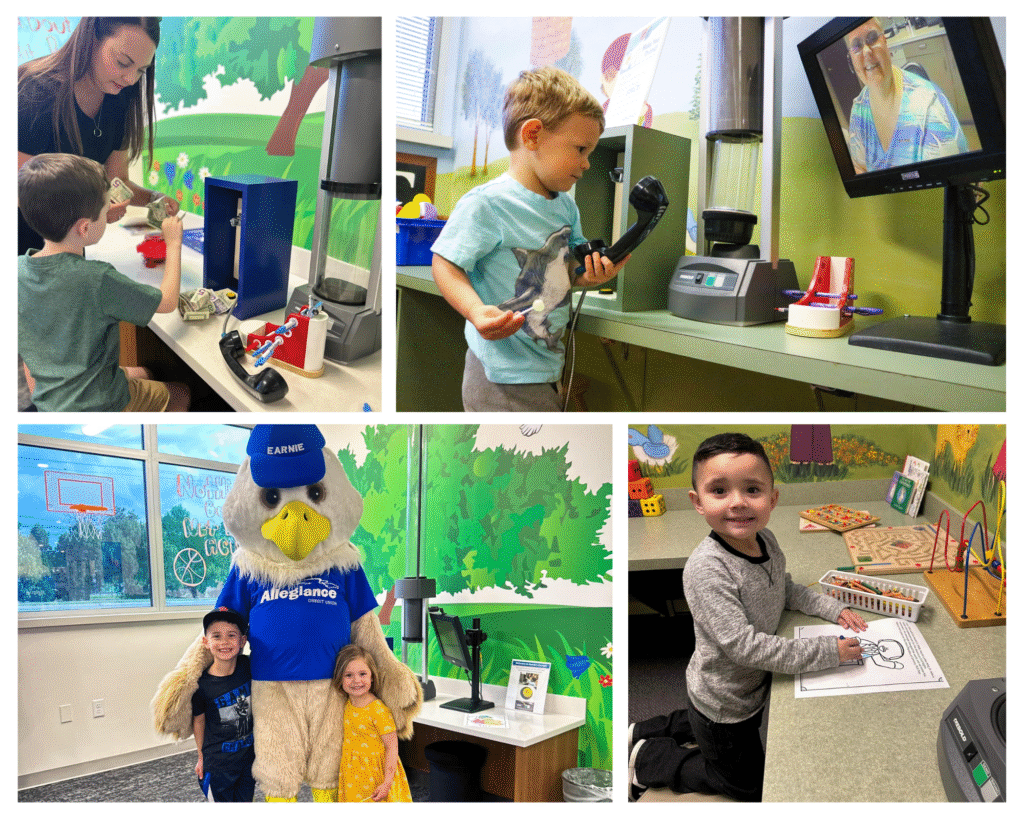
In a world where plastic often feels more powerful than paper, understanding how credit works has become an essential part of growing up. For young adults, credit cards can either be a valuable financial tool or a fast track to debt and disappointment. Parents and guardians have a unique opportunity—and responsibility—to prepare their kids for the financial realities that come with credit, especially before they ever apply for their first card.
The Credit Card Trap: A Common Young Adult Pitfall
It’s an all-too-familiar story: a young person finally turns 18, receives their first credit card offer, and sees it as free money rather than a financial obligation. Temptation kicks in, and suddenly they’re swiping for things they don’t really need—an expensive gaming console, a night out with friends, or a wardrobe overhaul.
At first, it feels harmless. The minimum payment is manageable, and the consequences seem far off. But this is where the danger lies. The moment spending exceeds what can be paid off in full, interest begins to pile up. That shiny new console ends up costing far more than its sticker price after a few months of compounding interest.
Soon, it becomes a pattern. The credit limit shrinks as balances grow. Late payments creep in. And before they know it, that “cool new toy” has turned into a blemish on their credit report—a blemish that can linger for years and derail future dreams of buying a car or owning a home.
Making Credit Understandable: A Conversation Worth Having
One of the most impactful lessons we can teach our kids is that credit is not the enemy—it’s a tool. But like any tool, it must be used correctly and responsibly.
Start by explaining how credit works: that it’s essentially borrowing money, and lenders expect to be paid back—on time and in full. When that doesn’t happen, not only are there financial penalties (like late fees and interest), but it also affects their credit score. That score follows them into adulthood and can influence everything from loan approvals and interest rates to rental applications and even job opportunities.
Let them know that many people in their 20s struggle with poor credit histories that stem from decisions made at 18 or 19. These are not rare cases—they’re the norm for those who never had someone show them how credit really works.
Teaching the Right Habits Early
So how can parents shift the narrative? The answer lies in proactive education and healthy habits. Here are a few principles to guide the conversation:

1. Spend Within Your Means
The golden rule of credit card usage is simple: never charge more than you can afford to pay off in full at the end of the month. This keeps interest charges at bay and helps build a strong credit history. Let your kids know that a credit card isn’t a pass to buy whatever they want—it’s a short-term borrowing tool, and like any loan, it must be repaid quickly and responsibly.
2. The Minimum Payment Is Not Enough
Many first-time credit card users make the mistake of thinking that as long as they make the minimum payment, they’re in good standing. Technically, they are—but only temporarily. Over time, only paying the minimum guarantees growing interest, ballooning balances, and a much longer debt repayment timeline. Show them examples, perhaps even with a calculator, to demonstrate how quickly interest adds up when only the minimum is paid.
3. Credit Is Power—When Used Wisely
There are real benefits to using a credit card responsibly. A good credit score can open doors: lower interest rates on car loans, more favorable mortgage terms, and higher credit limits in the future. Encourage them to think long-term: every smart financial move today builds a foundation for opportunities tomorrow.
4. Avoid the “Buy Now, Pay Later” Mentality
Impulse purchases are one of the quickest ways young adults find themselves in debt. Teach your kids to ask: “Would I still buy this if I had to pay cash for it today?” If the answer is no, they probably shouldn’t charge it. Encourage waiting 24 hours before making large or emotional purchases to reduce impulsivity and build better decision-making habits.
Credit Cards Aren’t Evil—Just Misunderstood
The point isn’t to scare teens away from credit altogether. On the contrary, credit cards can be a fantastic way to establish a credit history, earn rewards, and gain financial flexibility—when used correctly. The key is treating credit as a privilege, not a shortcut.
Help your kids see a credit card not as a crutch but as a chance to prove they’re financially responsible. Teach them to monitor their balances, pay on time, and understand the full cost of interest. If they master these skills early, they’ll not only avoid the common traps of early adulthood but also lay the groundwork for financial freedom.
Final Thoughts: Equip, Don’t Enable
It’s easy to think, “They’ll learn eventually.” But financial lessons learned the hard way often come with a price—one that can take years to pay off. Instead of letting your kids figure it out through trial and error, guide them. Have the conversations. Share your own mistakes and successes. Explain the why behind good habits and the how to avoid bad ones.
By teaching kids that the latest gadget or night out isn’t worth years of debt, you’re giving them something far more valuable than a credit card—you’re giving them control over their future.


